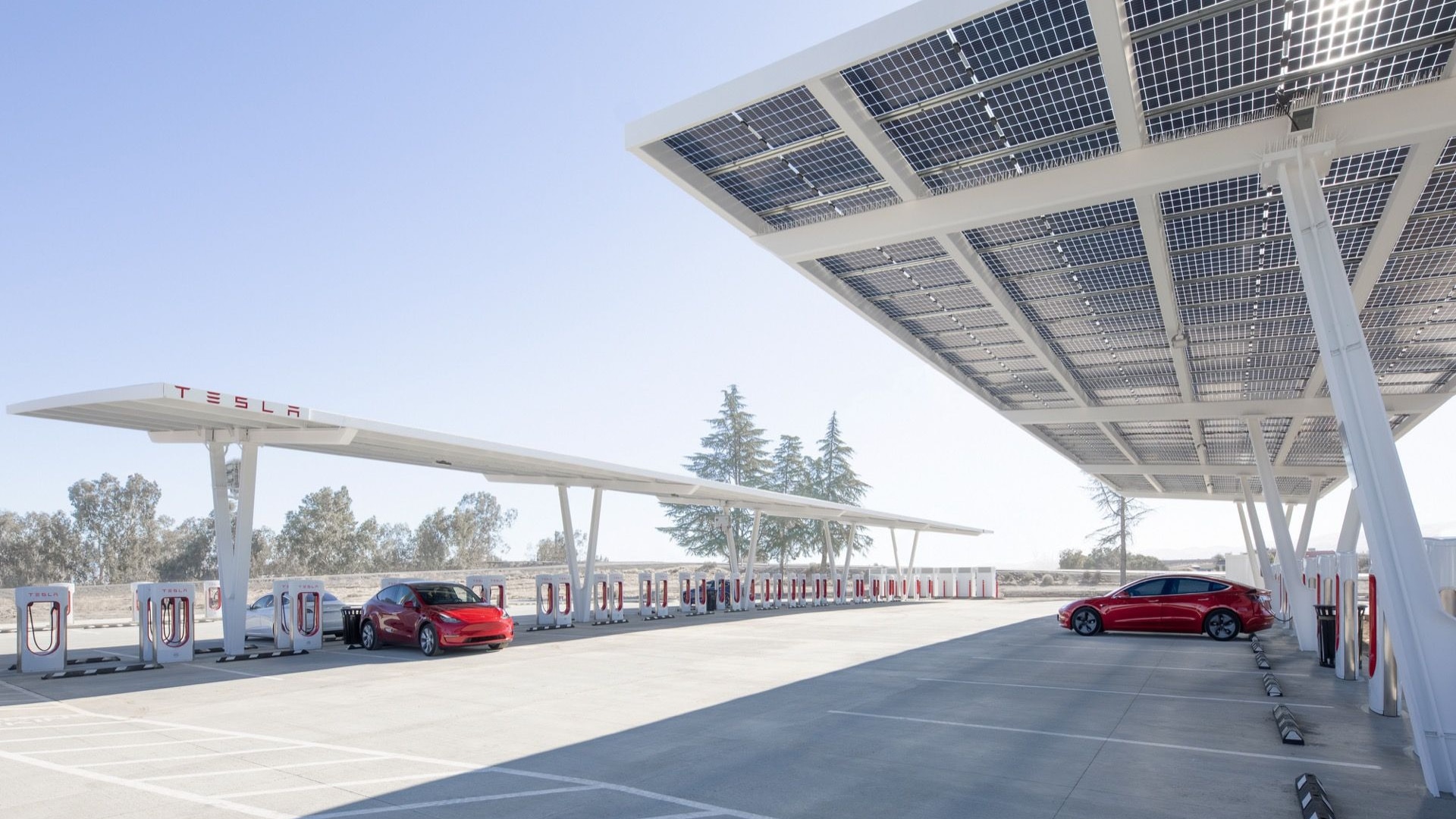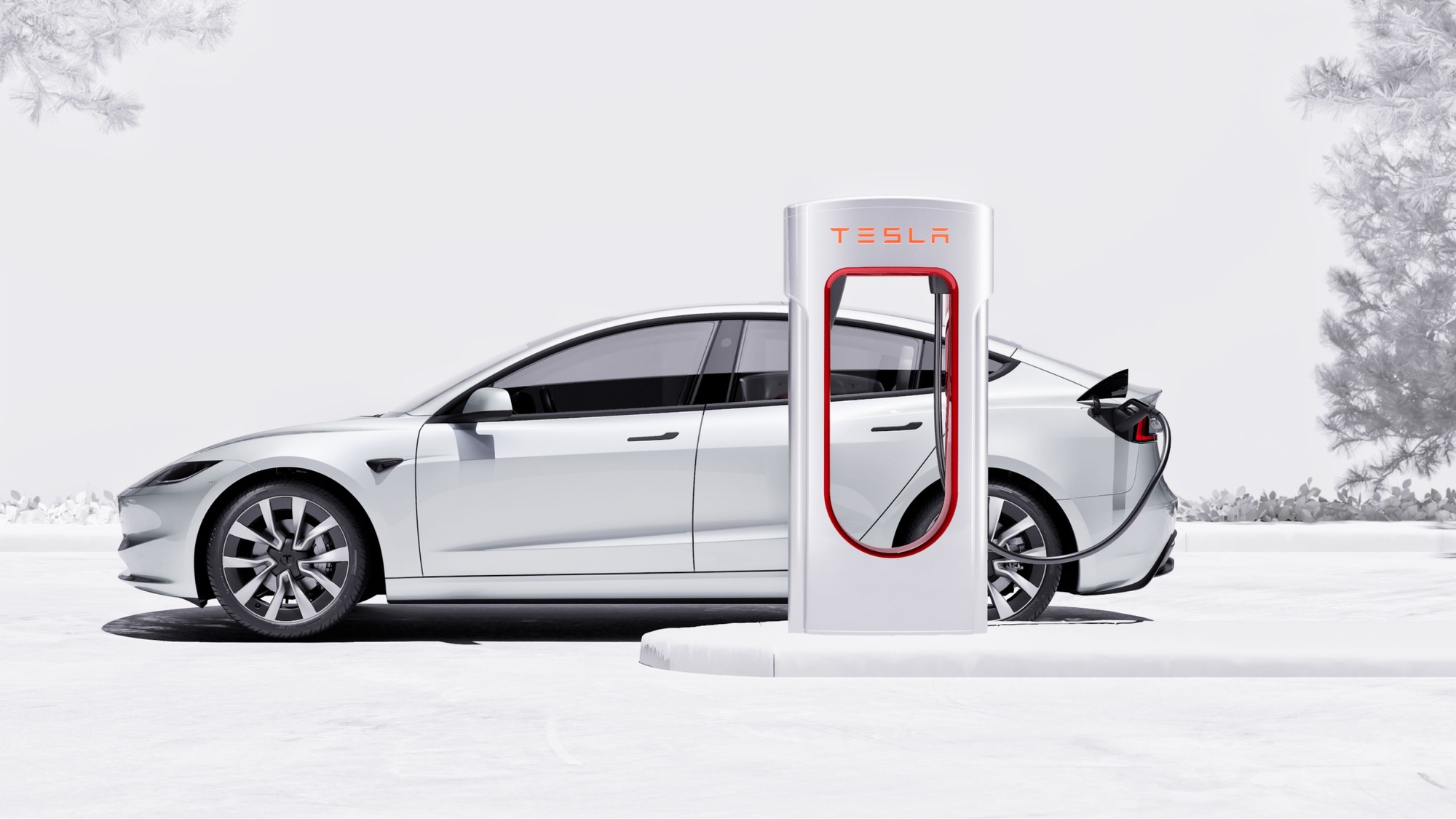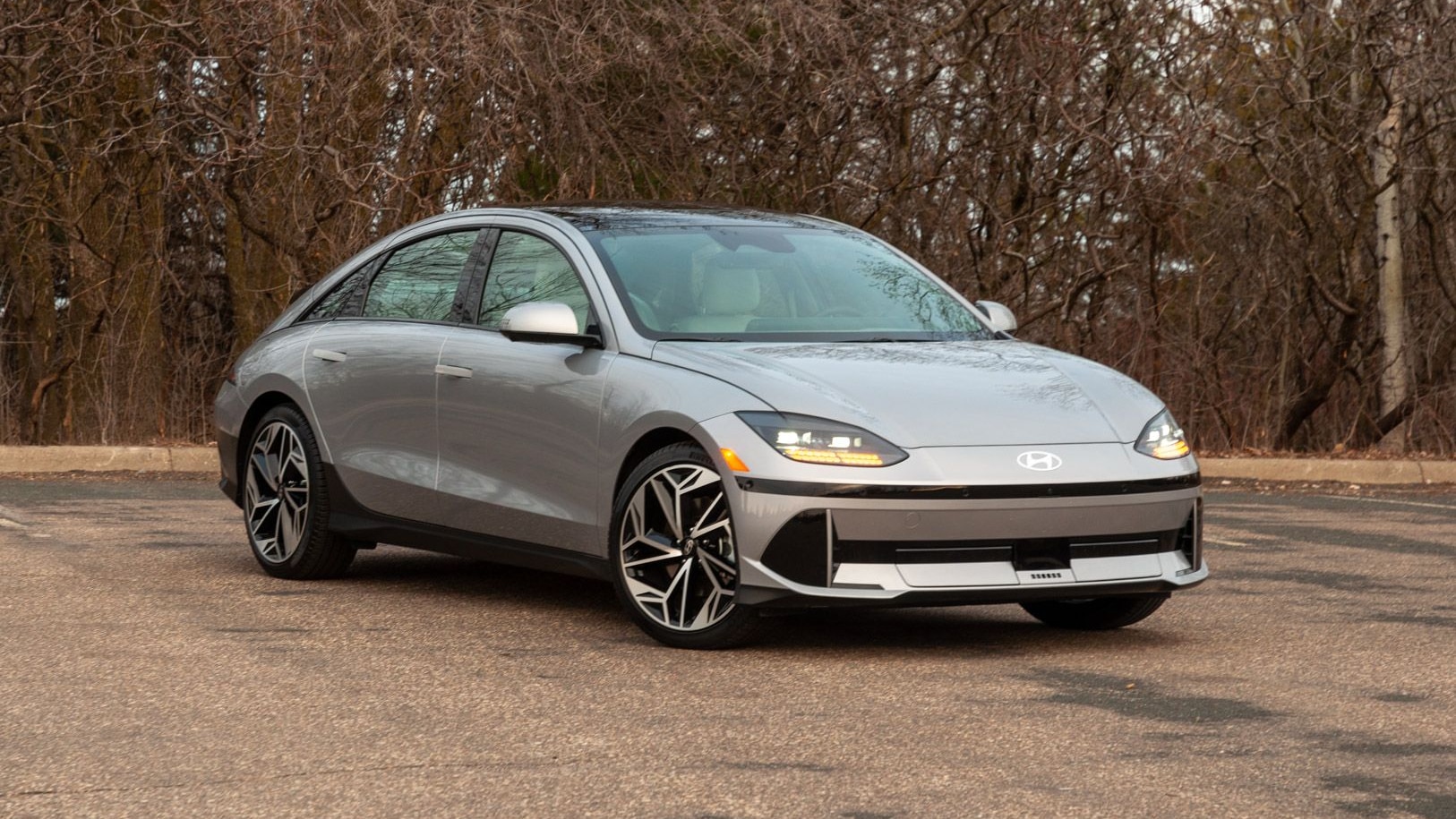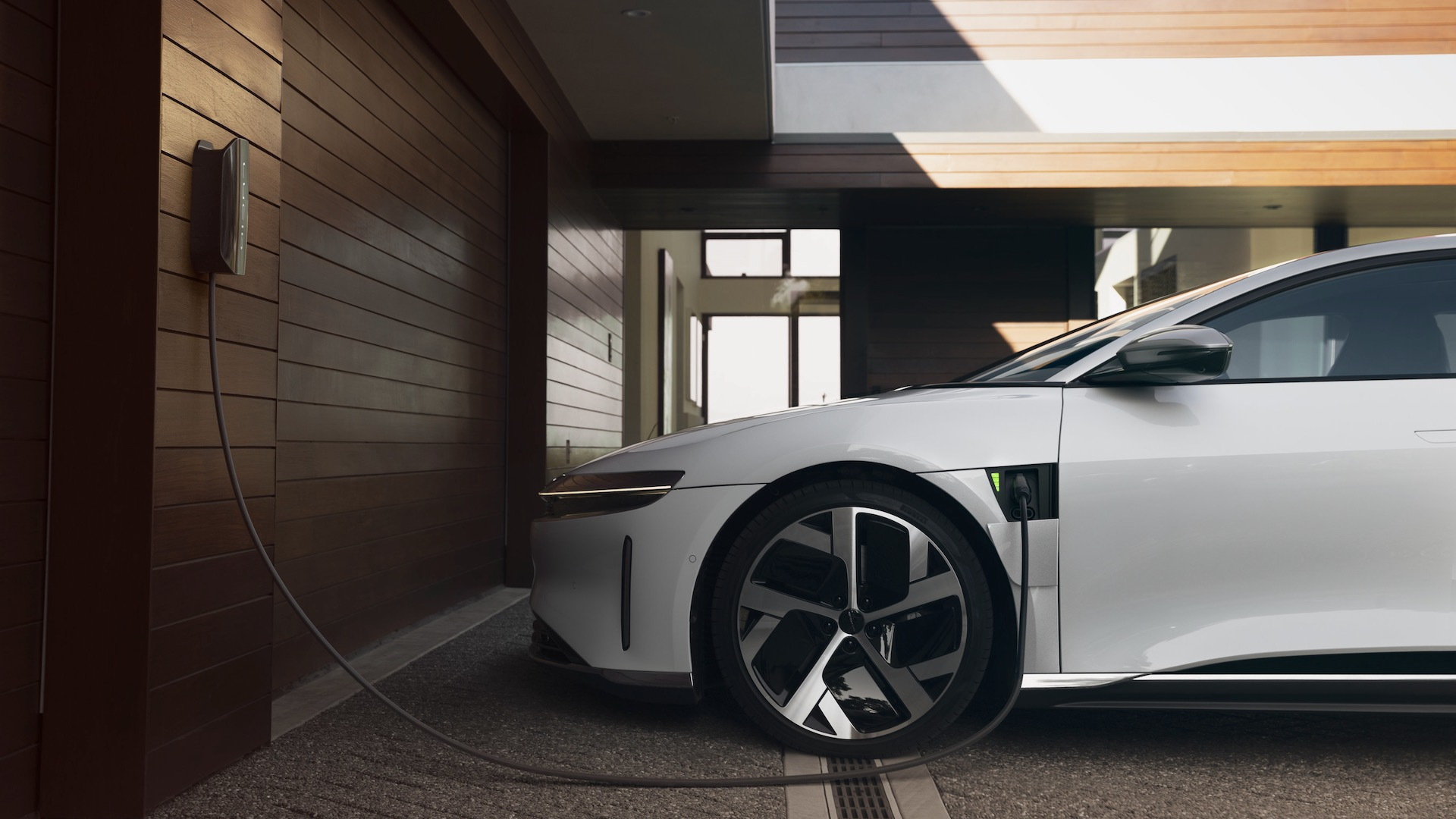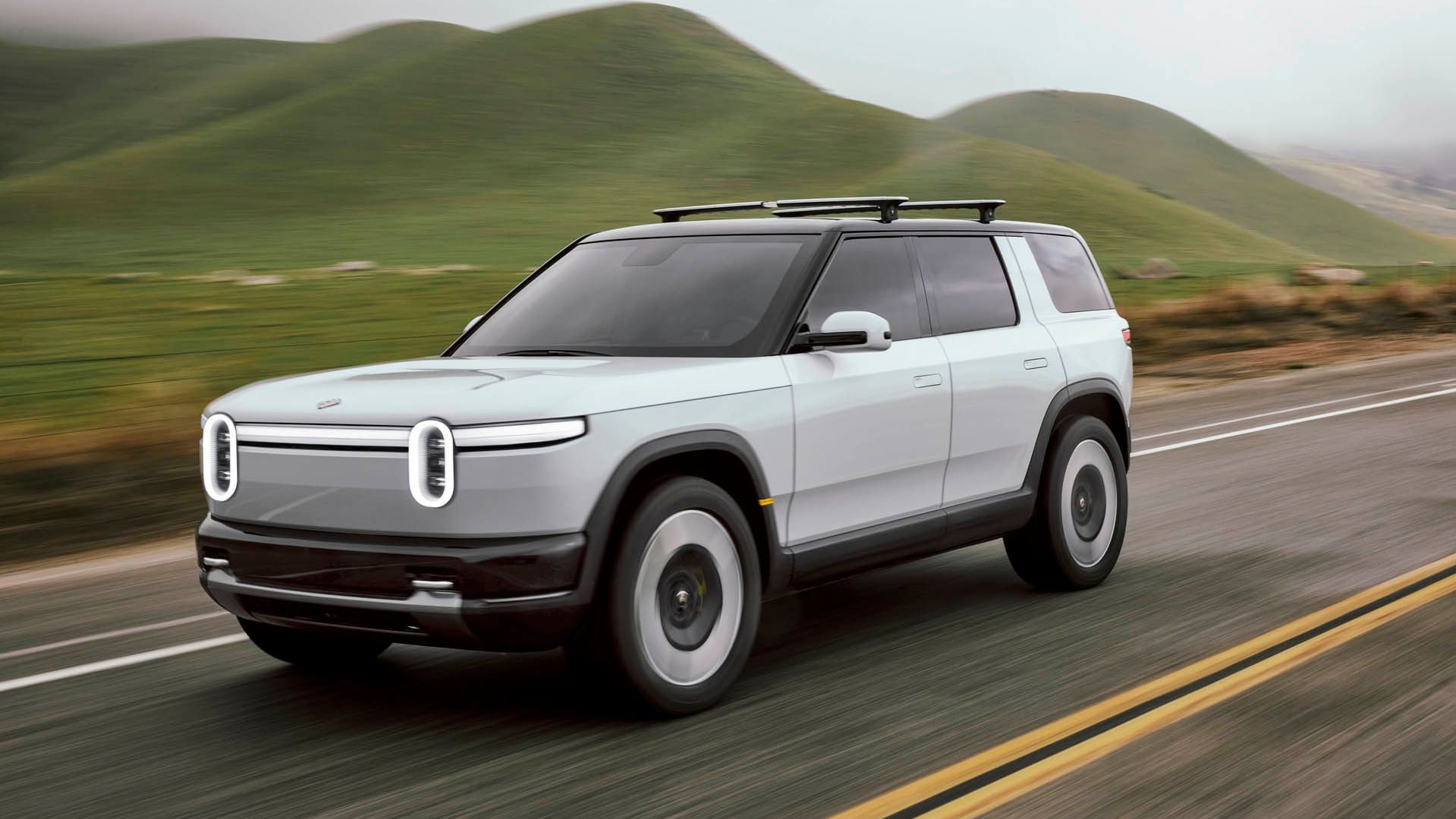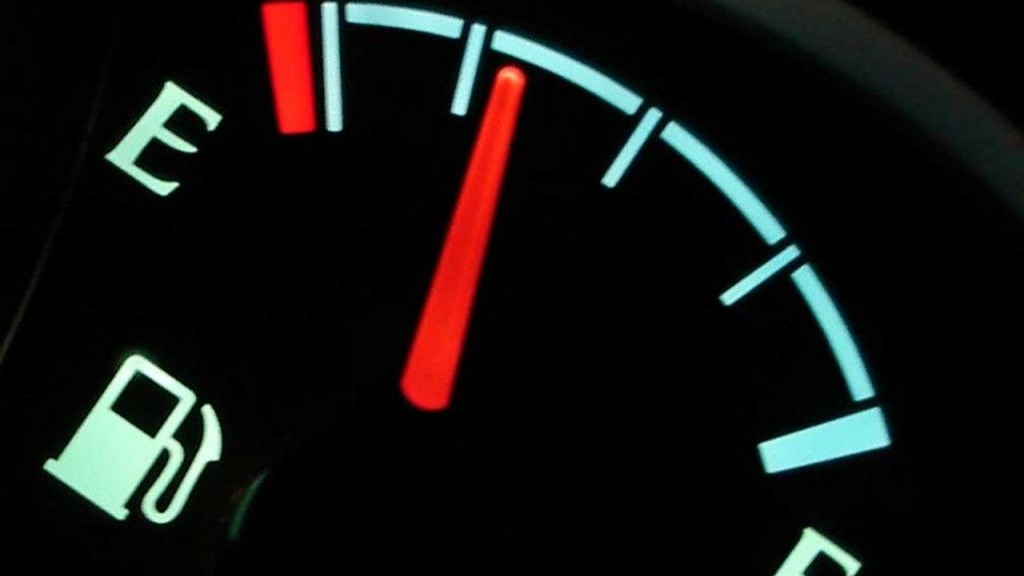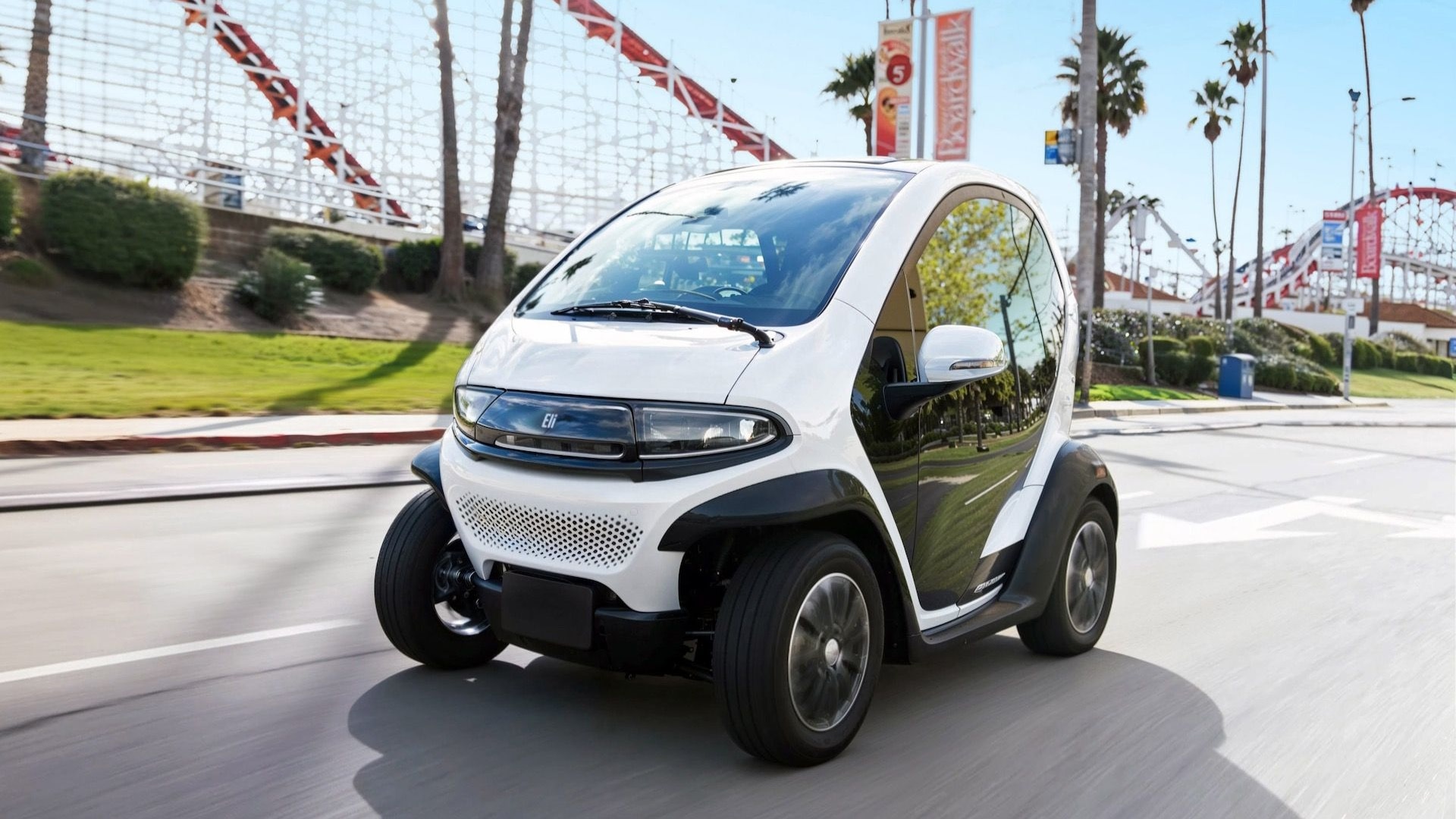Following a crash in early May that killed two teenagers, the battery in the Tesla Model S the teens were driving reignited twice after firefighters had initially extinguished it, according to the preliminary report released Tuesday by the NTSB.
The report notes that the car was traveling 116 mph seconds before it crashed into a wall, which tore the car and its batteries apart and ignited a fire in the batteries.
When Fort Lauderdale Fire and Rescue crews arrived on the scene, the car was fully engulfed in flames.
DON'T MISS: NTSB launches investigation into another Tesla crash after it caught fire and killed two teens in Florida
Using more than 200 gallons of water and foam, crews put out the fire before loading the car onto a wrecker.
On top of the wrecker, the fire reignited and crews put it out a second time.
Once the car reached the storage yard, the batteries caught fire a third time and was extinguished.
CHECK OUT: Investigators: Autopilot sped up before fatal Tesla Model X crash
The case is reminiscent of fires in the battery pack of a Chevrolet Volt crash tested by the government in 2011. Following the test, investigators mounted the car on a rotisserie spit to test how it would react in a rollover.
Three weeks after its initial crash test, the car caught fire, twice. Chevrolet retrofitted the cars with additional bracing and other isolation in the battery pack, but stressed the action was not a recall.
Another fatal crash of a Tesla Model X in Mountain View, California in March resulted in similar fires.
READ THS: Battery legend Goodenough not done yet: new solid-state chemistry introduced
Last week, a Tesla Model S that belonged to TV and stage director Michael Morris caught fire in Los Angeles without crashing.
Lithium batteries are volatile, with flammable, liquid electrolyte separating the poles of the battery.
Car fires don't uniquely affect electric cars with lithium batteries, of course. The National Fire Protection Association reports about 174,000 vehicle fires a year in the United States, of which the vast majority come from gasoline.

Tesla Model S crashed in Ft. Lauderdale, at storage yard
According to NFPA data, car fires dropped from more than 450,000 in 1988 to less than 200,000 by 2008, even with far more cars on the road, as technology to avoid them increased.
If investigators can shine a light on what causes battery fires in electric cars, technology can similarly be advanced to reduce them. The leading possibility for now looks to be solid-state lithium batteries developed in Texas, Japan, or elsewhere.
As part of its latest software update, Tesla has rolled out a Speed Limiting mode in memory of Barrett Riley, one of the victims of the Fort Lauderdale crash. It will allow parents to limit the top speed of a Tesla to between 50 and 90 mph.
